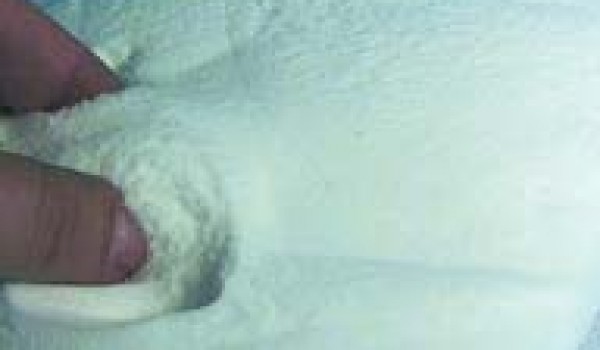3M has opened a new plant in Ribeirão Preto, Brazil, to boost production of 3M™ Glass Bubbles used as a lightweight, ultra-high-strength filler in pipe insulation, drilling fluids, drill riser buoyancy and cementing operations for oil and gas exploration and development.
In response to rapidly accelerating demand, 3M has opened a new plant in Ribeirão Preto, Brazil, to ramp up its production of 3M™ Glass Bubbles designed for use as a lightweight, ultra-high-strength filler in pipe insulation, drilling fluids, drill riser buoyancy and cementing operations for oil and gas exploration and development.
3M Glass Bubbles are hollow glass microspheres used in applications that enable deep-sea oil and gas drillers to operate at greater depths than ever before because of their crush resistance at extreme ocean depths and a host of other characteristics, including low density, buoyancy and thermal insulation capability. They are chemically inert and therefore resistant to corrosion.
3M Glass Bubbles are also increasingly used in place of conventional aerated fluids for improved recovery operations in near-depleted fields, and can be added to virtually any type of existing fluid system to reduce its density and create a lightweight yet incompressible fluid.
Brazil therefore becomes the fourth country and fifth plant where 3M Glass Bubbles are produced, joining the US, France and South Korea.
“The industry has embraced this new technology worldwide, because it provides greater reliability and efficiency of operations,” says Keith Rutkowski, business manager for speciality additives, 3M Energy and Advanced Materials Division. “An additional production facility is necessary to meet the projected level of demand.”
The new 25,000-square-foot facility is situated in a high-tech industrial complex in the city of Ribeirão Preto.
The basic technology was invented by 3M in the early 1960s. Solid glass beads were first used as a reflective material to improve the visibility of highway signs. 3M scientists discovered a way to make the beads hollow, thus paving a path forward for their evolving use in a multitude of industrial applications.




